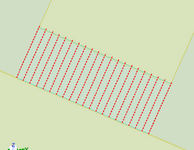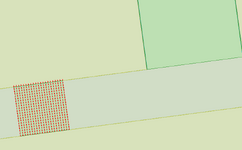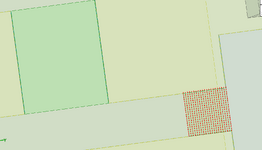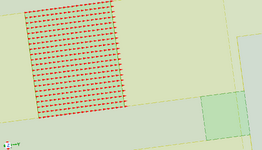rdpdo2002
Member level 1

Here is an HFSS - circuit link example : All ports are lumped ports, ZPI defined




Connections are made in circuit like this in circuit :

For what I understand, the capacitors are well connected but I don't understand how the inductor is connected
because I was expected to get connexions like this :

I think it's related to the fact that lumped ports are like current source port, and we have PHI = L*I ?
PErhaps also that the lumped port for the inductance is not connected to any GND ? (like it is for capacitors) ?
Thanks you for your help
Connections are made in circuit like this in circuit :
For what I understand, the capacitors are well connected but I don't understand how the inductor is connected
because I was expected to get connexions like this :
I think it's related to the fact that lumped ports are like current source port, and we have PHI = L*I ?
PErhaps also that the lumped port for the inductance is not connected to any GND ? (like it is for capacitors) ?
Thanks you for your help




